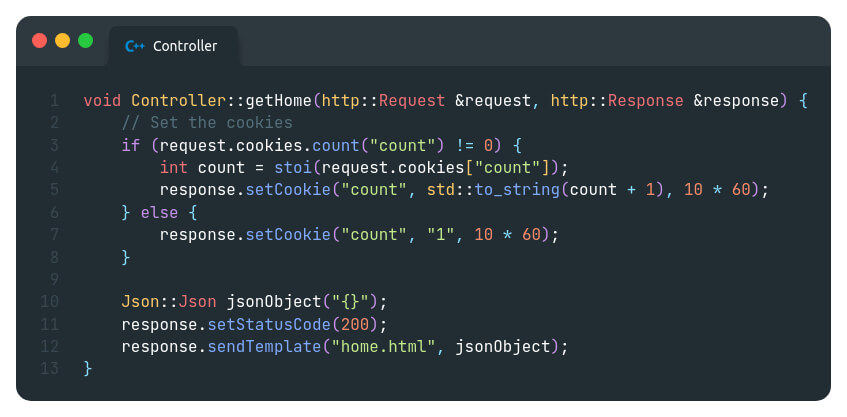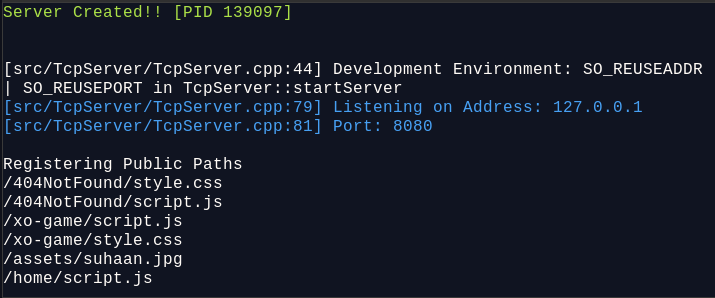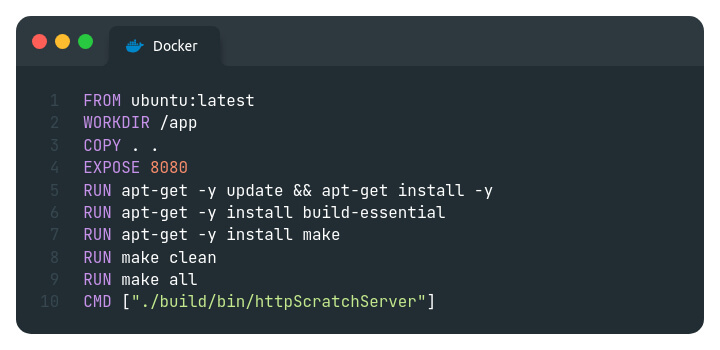Dynamic Router
Crystal incorporates a dynamic routing system that boasts robust
support for URL parameters. This functionality empowers
developers to seamlessly manage an array of routes, each with
its own set of dynamic parameters. A standout feature lies in
its proficiency to effortlessly process URL parameters, thereby
facilitating the dynamic rendering of content.
Registering Routes
Data in URL
URL parameters and search queries are powerful tools in web
browsing. Parameters act like customizable keys, tailoring our
web experience by unlocking specific content. Search queries, on
the other hand, are like magic words in a search bar, fetching
the most relevant results. Together, they make our online
experience flexible and interactive, allowing us to navigate the
web with precision.
Example of how to define a URL parameter
Example of how to access URL Param and Search Query from a
Request
Status Codes
A status code in HTTP is a three-digit number returned by a
server to indicate the outcome of a client's request. It
categorizes responses into classes, such as success,
redirection, client error, or server error.
All HTTP response status codes are separated into five classes
or categories. The first digit of the status code defines the
class of response, while the last two digits do not have any
classifying or categorization role. There are five classes
defined by the standard:
-
1xx informational response: the request was received,
continuing process
-
2xx successful: the request was successfully received,
understood, and accepted
-
3xx redirection: further action needs to be taken in order to
complete the request
-
4xx client error: the request contains bad syntax or cannot be
fulfilled
-
5xx server error: the server failed to fulfil an apparently
valid request
Sending status code with the Response
All Status Codes
JSON in C++
JSON (JavaScript Object Notation) is a lightweight data format.
It's commonly used in REST APIs for exchanging information
between a client and server. It allows for easy data
interchange, making communication between different systems more
efficient and standardized.
Example: Controller Parsing Json Response Body and Generating a
Json Response to Client
Request Body to Controller
Response from Controller
Cookies
Browser cookies in HTTP are small data pieces stored by websites
on a user's browser. Cookies can be used to store details like
username, tokens and other things.
Cookies Usage
Public Files
Public Files can be easily served by stored them in the public
folder and accessing it through the link
/filePathRelativeToPublic. The files in the public folder are
automatically registered in the router as a GET request which
can be access from anywhere.
Redirect a Request
A Request can be redirected from one route to other, it can be
useful to handle different cases where there is conditional
routing or if the user is restricted from viewing the content.
Redirect Usage
HTML Template
Coming Soon..
Working on a solution similar to EJS template Language.
Currently only {{variable}} in html file can be replaced with
an string value.
Client Side Caching
Client-side caching is a way to save copies of web resources
(like images, scripts, etc.) on a user's device. This helps the
browser reuse these resources without asking the server again.
It speeds up webpage loading.
ETags
ETags are unique IDs generated by a server to represent a
specific version of a resource. When a user asks for a resource,
the server sends it along with the ETag. When the user asks
again, it sends the ETag back. If the resource hasn't changed,
the server sends a no change code to client, then client uses
the previous stored data.
All the Public Files have ETags added to them so that the client
caches the data and reuses the files if no change in files. The
ETag is created using the file size and it's modified date.
Etags on Custom Data
SQLite Support
Crystal contains a Singleton Pattern for SQLite.
Here is the visitor count after previous server restart.
Visitor Count = 23
Live Restart
Live Restart is a feature which can be used while developing an
Application to view changes as they happen.
For Live Restarts, we have a InHouse Program called Monitor.
Monitor is a Program which Ensures Instant Live Restarts,
Allowing one to see Changes in Real Time. Say Goodbye to Tedious
Manual Restarts and Embrace a Seamless Workflow.
Running Monitor



